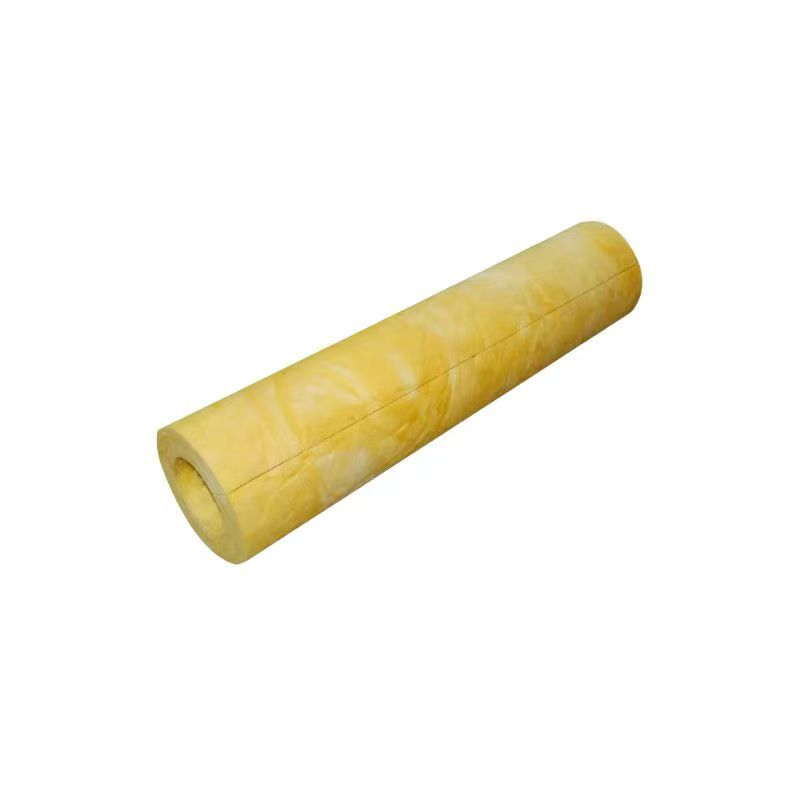


12 2024
In our lives, temperature control directly affects our comfort and energy efficiency. Whether it is hot summer or cold winter, suitable insulation materials can allow us to enjoy the right living environment. Today, we will focus on a very advantageous building and industrial material-glass wool insulation pipe.
What is glass wool insulation pipe?
Glass wool insulation pipe is an insulation pipe made of glass fiber material, which is widely used in the insulation needs of buildings, industrial pipelines and facilities. It not only has good thermal insulation performance, but also has the characteristics of lightness and environmental protection, making it an indispensable material in modern buildings and equipment.
1. The difference between insulation and heat preservation
Before understanding glass wool insulation pipe, we first need to distinguish the concepts of “insulation” and “heat preservation”:
Heat insulation: refers to the process of preventing heat from being lost or entering through the surface of an object, which is mainly achieved through the thermal conductivity of the material. For example, in hot weather, insulation materials can effectively block external high temperatures from entering the room.
Heat preservation: focuses on the heat maintenance of the indoor environment, ensuring the stability of the indoor temperature and preventing the invasion of cold air. In the cold winter, good insulation materials can reduce our dependence on heating equipment and save energy.
2. Characteristics of glass wool insulation pipe
Superior insulation performance: The structure of glass wool has many tiny bubbles, which can effectively capture heat, reduce the speed of heat transfer, and keep the indoor temperature at a suitable level.
Comfortable insulation effect: Even in cold climates, glass wool insulation pipes can keep the indoor warmth and avoid heat loss, allowing you to enjoy warmth and comfort at home.
Environmental protection and sustainability: Glass wool is made of recycled glass and does not release toxic substances during use. It meets modern environmental standards and is a sustainable choice.
3. Application areas of glass wool insulation pipe
Construction industry: In architectural design, glass wool insulation pipes are often used as insulation materials for roofs, walls and basements to ensure that every room can maintain a comfortable temperature.
Industrial applications: Many industrial facilities and pipelines require good insulation performance to prevent heat loss. Glass wool insulation pipes perform well in these applications and can ensure efficient operation of equipment.
Home decoration: In more and more modern home designs, glass wool is used for insulation and acoustic treatment, especially in spaces that require sound effects such as home theaters or music rooms.
4. Advantages of glass wool insulation pipes
Energy saving and environmental protection: Using glass wool insulation pipes can significantly reduce energy consumption and reduce household electricity bills. According to statistics, good insulation materials can reduce energy use by 20% to 30%.
Improve comfort: Keep the indoor temperature stable to avoid affecting the living comfort due to environmental changes. For example, the indoor temperature is no longer cold in winter, and the invasion of external heat can be effectively blocked in summer.
Economical: Although the initial investment may be high, the overall cost performance of glass wool insulation pipes is very high due to the savings in heating and cooling costs.
We focus on the research and development as well as manufacturing
of thermal insulation materials and sealing materials.